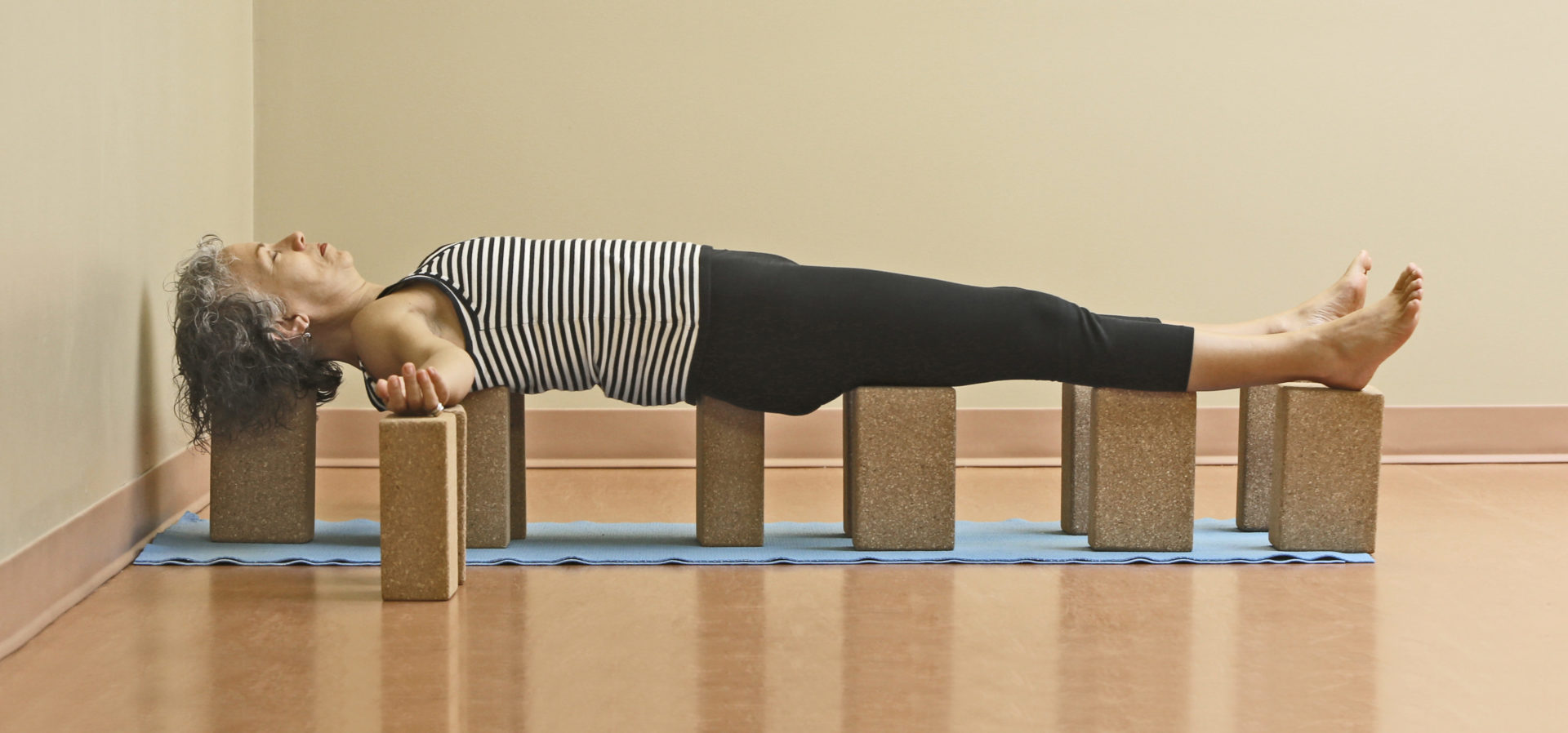Both practice and non-attachment (nonreaction) are required to still the mind. Yoga Sutra 1.12
For millennia, the yoga sutras have provided its practitioners with aphorisms or truths meant to increase understanding and provide direction with regard to the mystery of simultaneously being human and spirit. At its essence, yoga is intended to still the mind of its constant chatter (the ego), which overwhelms and drowns out the voice of our intuition (the truth) Yoga Sutra 1.2. In these two sutras reside both purpose (1.2) and process (1.12).
To test out sutra 1.2 for yourself, take this moment right now to close your eyes and listen to your mind.
What did you experience?
Constant noise?
Was there even a moment of quiet or stillness?
The importance of being able to “hear” a quiet mind registers your awareness in the present moment. Otherwise, all the chatter you probably heard is your ego distracting you with reliving the past or worrying about the future. I encourage you to test this claim out by closing your eyes again and listening to your mind.
Is whatever comes up past and/or future oriented?
Do you find yourself asking, “Why is it important to stay our awareness in the present moment?” Well, for one, you can hear your intuitive voice, from which all truth emerges. The practice of present moment awareness is how we discern truth from illusion or even delusion. Yoga Sutra 1.13 states that practice is the sustained effort, over a long time and without interruption, to rest in the stillness of the mind (present moment awareness). Yogis use their eight-limb practice to grow this capacity for awareness, truth and wisdom.
However, both practice and non-attachment or non-reaction are necessary to still the mind. Non-attachment is freedom from any desire for and reaction to worldly things. This does not mean we no longer feel pleasure or pain, only that we neither crave nor avoid them.
A sustained practice of stilling the mind sets the foundation for breaking the conditioned patterns that have our minds reiterating “I want …”, “I don’t want …”, “I must have …”, “I cannot live without …”, etc. Freeing ourselves from craving food, drugs, sex, money, companionship, objects, etc. is the consciousness of self-mastery and non-attachment.
Non-attachment allows us to fully experience and identify with our true self (pure awareness). We are able to see ourselves as independent from our physical body and mind. We are also able to see ourselves as sharing the same vital essence with all beings. From pure awareness, we experience our connection to an infinite pool of knowledge. This pool of knowledge and sense of oneness further expands our human-spirit capacity — from self-reliance into self-mastery into creative self-expression.
But, let’s not get ahead of ourselves.
The discipline of sustained practice heals our woundedness, which is what brings most of us to yoga. The further practice of non-attachment creates the shift to a higher level of consciousness. We are now ready to use the space we gained from healing our wounds for even greater growth and expansion of our whole being.
If my personal experience is anything to go by, sustained practice was an easier discipline to absorb than non-attachment. For most of my life, I based my decisions on what I liked and what I didn’t like, both of which echo attachment. To begin to even experience and then understand non-attachment, I made a commitment to let go of any desires, goals and ambitions I was carrying. For the striver and driver I was then, this meant a significant identity shift. How about yourself?
What are you attached to (things, emotion, person)?
Or, what is a common reaction from you (resistance, anger, self-pity, etc.)?
Depending on your own attachments in this present moment, below are three practices to strengthen your non-attachment “muscle”.
Breath
Begin a meditation practice. I suggest at least 30 minutes each day because it takes that long for the body to fully relax or become still. And, if the body is restless, both the mind and breath are likely to follow suit.
While you are in meditation, WATCH YOUR BREATH as far away from the head and heart as possible. For example, breathe into and out of your pelvic bowl and watch what occurs.
Mind
Again while in meditation, and once you have watched the breath for 10 to 30 minutes, answer these three questions:
1) Am I happy right now?
– allow time for an answer to appear.
2) If the answer is no, what is blocking my happiness?
– we are most attached to or grasping for whatever is blocking us.
3) Can I let go of what is most blocking my happiness?
– imagine yourself releasing this blockage.
Body
When feeling irritated, jagged or exhausted, etc., move the energy through your body. In asana, we do this with a mini vinyasa such as Handstand to Uttanasana to Balasana. Repeat this mini vinyasa three times. Walking at a good pace, jogging, playing tennis and other aerobic movements also work to move stuck energy.
Please do share your insights and your challenges as we all have much to learn about non-attachment in this world where grasping and clinging on for dear life are taught at an early age.





